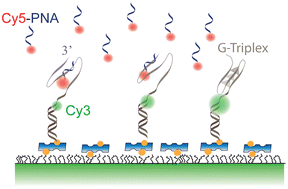Analyst, 2023, 148,4939-4953
DOI: 10.1039/D3AN01201H, Critical Review
DOI: 10.1039/D3AN01201H, Critical Review
Yidan Mo, Huangmei Zhou, Jinming Xu, Xihang Chen, Lei Li, Sanjun Zhang
This review outlines the overview, advances and opportunities of genetically encoded fluorescence lifetime biosensors, including their combination of lifetime imaging technique and lifetime analysis methods, applications and future consideration.
The content of this RSS Feed (c) The Royal Society of Chemistry
This review outlines the overview, advances and opportunities of genetically encoded fluorescence lifetime biosensors, including their combination of lifetime imaging technique and lifetime analysis methods, applications and future consideration.
The content of this RSS Feed (c) The Royal Society of Chemistry

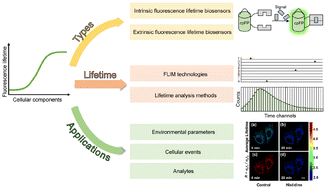

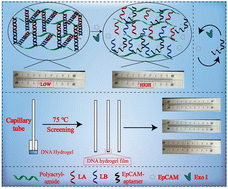
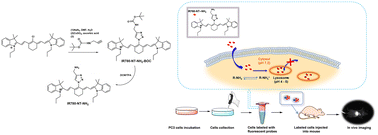
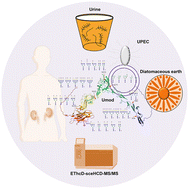
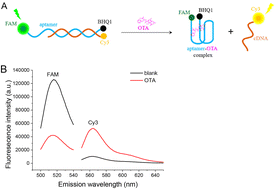
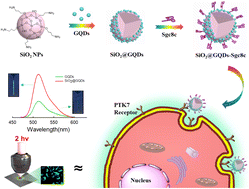
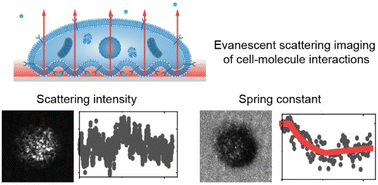
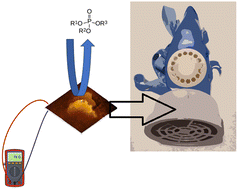
 Open Access
Open Access
